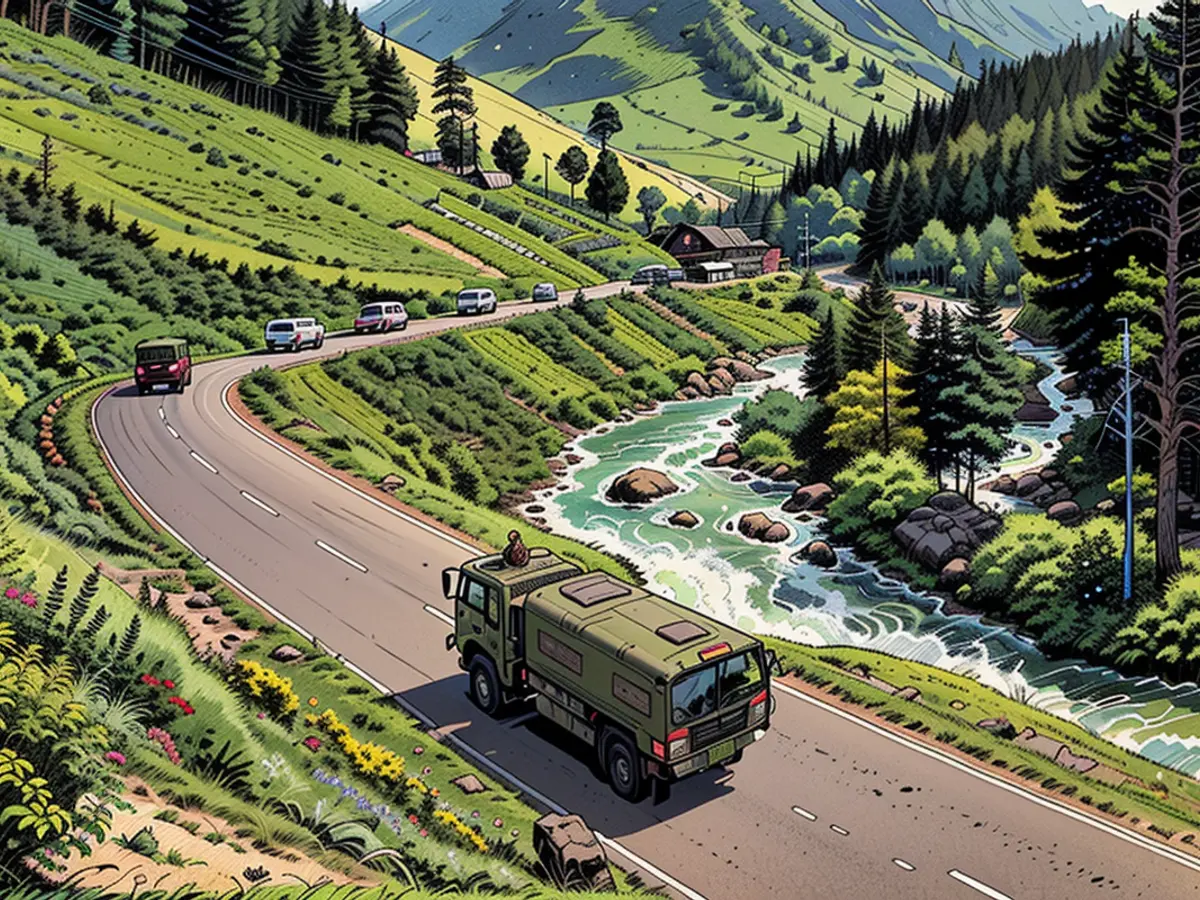India and China have reached an agreement intended to alleviate tension along their contested border.
India's foreign minister, Subrahmanyam Jaishankar, stated on Monday that the military patrolling agreement in certain regions restored the situation to 2020 levels, before a fatal skirmish that year. This marked the completion of the "disengagement process" with China.
China confirmed the following day that a resolution was reached after intensive discussions regarding border-related matters through diplomatic and military channels. This development is considered to be a potential precursor for dialogues between Chinese leader Xi Jinping and Indian Prime Minister Narendra Modi, who were both heading to Kazan for a BRICS summit.
Both foreign ministries declined to comment on whether one-on-one discussions would occur between the leaders in Kazan.
The announcement did not disclose the specifics of the agreement or its implementation in the contentious, high-altitude region that has been a point of contention between India and China since a violent conflict in 1962. This conflict left the border, known as the Line of Actual Control (LAC), undefined, resulting in continuous tension.
The 2020 incident along the disputed border between Indian Ladakh and Chinese-controlled Aksai Chin resulted in the first reported fatalities in more than four decades - with at least 20 Indian and 4 Chinese soldiers killed.
Following this, Xi and Modi agreed to reduce tensions at the contested border during the 2020 BRICS summit in Johannesburg. Chinese and Indian negotiators met for the 31st round of border discussions in August 2020.
While an agreement on further disengagement along the border appears to be a significant stride in resolving this longstanding issue, experts stressed the need for more information to understand the extent of the settlement and the concessions made.
‘A constructive move’
The violence in 2020 resulted in a disengagement process and border talks, but there were still unresolved issues, including regions where both sides had previously patrolled, but which had since turned into de facto buffer zones.
Within India, there were concerns that the Chinese People’s Liberation Army (PLA) was using these buffer zones to encroach upon areas where Indian forces could operate. However, India’s Ministry of Defense had previously denied any loss of territory during the standoff.
Addressing the new agreement at an event hosted by Indian broadcaster NDTV, India’s Minister of External Affairs explained that following the 2020 clash, both sides had effectively blocked each other in certain areas.
“What has occurred is that we have reached an understanding which will permit patrolling... The understanding, to my knowledge, is that we will be able to conduct patrolling as we did in 2020,” Jaishankar said.
“It is a positive development. I would describe it as a result of patient and persistent diplomacy,” he added, expressing caution about the repercussions of the agreement on the nations' relationship.
China’s Foreign Ministry spokesperson Lin Jian welcomed the “solution” and stated that China would work with India to implement it, without providing further details. Lin made these comments during a regular media briefing.
It remains unclear why the two sides did not release a joint statement on the issue, and experts suggested that more information was necessary for a comprehensive evaluation of the arrangement.
Manoj Kewalramani, head of Indo-Pacific studies at the Takshashila Institution research center in Bangalore, stated that the restoration of patrolling rights was a "significant starting point" for normalization.
However, even with the restoration of patrolling rights, there are other steps that would need to be taken in a lengthy process along the disputed border, including the gradual withdrawal of troops and the resolution of infrastructure issues.
The military patrolling agreement in certain regions has potential implications for diplomatic discussions between Chinese leader Xi Jinping and Indian Prime Minister Narendra Modi, both scheduled to attend a BRICS summit in Kazan. (world, Asia)
The agreement restores India's ability to conduct patrolling in these regions as it did in 2020, addressing concerns raised by India's Ministry of Defense regarding potential Chinese encroachment. (Asia, world)







